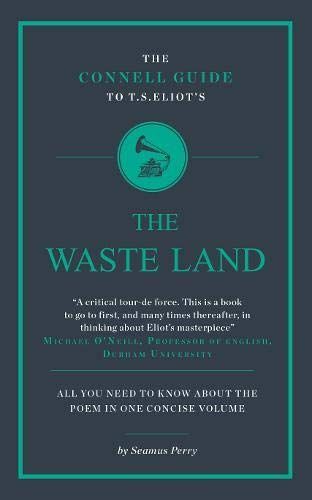
T.S. Eliot's The Wasteland
The Waste Land, first published in 1922, is not far from a century old, and it has still not been surpassed as the most famous of all modern poems. In many ways, it continues to define what we mean by modern whenever we begin to speak about modern verse. At the same time, as Ted Hughes once observed, it is also genuinely popular, and not just among the cogniscenti or the degree-bearing. “I remember when I taught fourteen-year-old boys in a secondary modern school,” Hughes once said, “of all the poetry I introduced them to, their favourite was The Waste Land.” Not for nothing was it included, in its entirety, in The Oxford Book of Twentieth Century English Verse (1973), edited by Philip Larkin, a poet not known otherwise for his hospitality to modernism. The poem’s appeal is intellectual, certainly, but also visceral. It fulfils in miniature the demands that Eliot made of the great poet at large: “abundance, variety, and complete competence” – the first of those criteria of greatness all the more surprising, and moving, to find accomplished in a poem that has its starting place in so barren a human territory. The poetry is modern in a wholly self-conscious way, but the modernity of Eliot’s poem stems in large part from a strikingly powerful awareness of what’s past. In this book, the Oxford scholar Seamus Perry points out some of the fruits of that acute historical awareness – and shares his own admiration of, and pleasure in, the extraordinary voicings and counter-voicings of this perpetually great work.